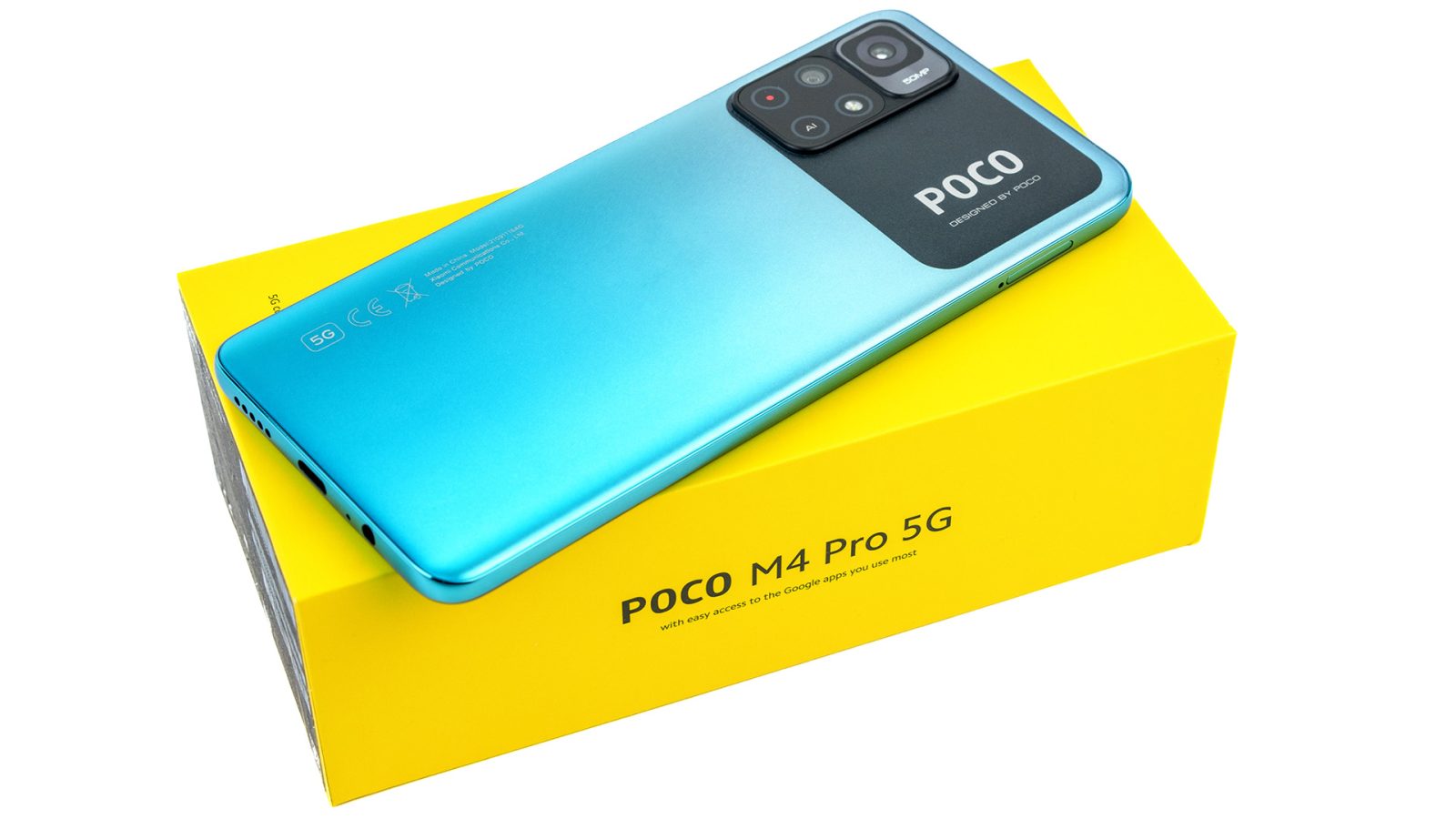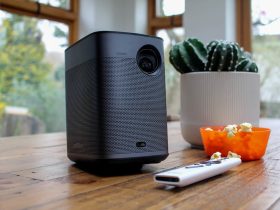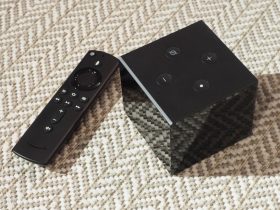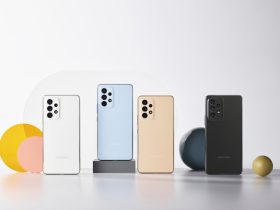No products in the cart.

POCO, the Xiaomi sub-brand, has recently presented the POCO M4 Pro 5G, a smartphone that comes to take over from the POCO M3 Pro, which hasn’t been on the market for even six months. The company knows it is operating in a highly competitive mobile market segment and cannot sit still. The problem with the POCO M4 Pro is that it improves the performance of its predecessor but at the cost of raising the price. It is not outrageous, but it is enough to consider whether it is worth it. It is a clone in specifications of the Redmi Note 11 that we do not yet have in Spain.
We have been using this mobile as a daily device since before its announcement, and now we give you our opinion in this analysis.
Despite the price, it surprises in performance
Mediatek has positioned itself as the largest supplier of processors, surpassing Qualcomm a few months ago. It has achieved this by giving its customer’s processors a reasonable price and good performance.
A good example is the Mediatek Dimensity 810 that this smartphone incorporates. It is a processor that has given us decent performance, although we have had to calibrate the graphic quality in some games to raise or lower it a bit.
The feeling is that we can play with it correctly, although we cannot demand the same from it as more expensive models.
As for RAM, we must highlight the new function of MIUI for POCO 12.5, Memory extension, which allows you to increase RAM by 2 GB in the analyzed model, the 6 and 128 GB, and by 1 GB in the cheapest.
This is appreciated, especially since we do not have prominent figures here, at least if we compare it with the most expensive mobiles. This also applies to the screen’s touch sampling rate, which reaches 240 Hz, which is appreciated when gaming.
But where this mobile shines is in connectivity. Like all entry-level mobiles, we have a headphone jack, a micro SD card slot, a double SIM tray, and an FM radio.
But we also have an infrared emitter, an NFC chip for mobile payments, 5G connectivity, a double speaker…
If my memory serves me right, this is one of the few mobiles I have tried that has all the connectivity specifications we can ask for from a modern smartphone. Not bad for its price.
OLED is missed, but not much
One of the aspects where LITTLE has saved on this M4 Pro is on the screen. This is so since it has been decided not to use an OLED panel but an LCD one, typical of the entry range.
This decision draws attention when you have invested in putting a 5G modem, which should be lower on the list of priorities.
Despite that, the quality of the panel is not bad, and we have an FHD + resolution with a hole for the front camera.
In addition, compared to the M3 Pro, we have higher brightness, something that is appreciated and that not long ago was reserved for the high-end. Where we miss, and a lot, the intelligence is in the camera’s viewfinder. In whole light, it isn’t easy to frame well.
As for the quality of the panel, it is what we can expect from a mobile of about 200 euros, although for a little more, it is true that we are beginning to see the first alternatives with OLED.
Let’s remember that we have the possibility of setting the refresh rate of the panel to 90 Hz, although being dynamic (depending on the content we see) does not deplete the battery. And the 240 Hz touch sampling rate is noticeable when gaming.
cameras
In the POCO M4 Pro presentation, the company clarified that it had listened to users and decided not to put the third sensor just because. No macro or depth sensor.
This M4 Pro has a 16 Mpx selfie sensor, a 50 Mpx primary sensor, and an 8 Mpx wide angle. And that’s it. And it’s OK. Well, it is saving what we have said in the design section.
A battery
POCO is not usually stingy with the capacity of its batteries, and we see it in this case. This model has no less than 5000 mAh and has a fast charge at the height of even some high-end models, 33 W., And yes, the charger comes in the box.
In the first battery test, we have been listening to a podcast, playing games, talking on the phone… and all this with the screen at 60 Hz. Of course, with the savings this entails, we have always been under Wi-Fi. We have reached 46 hours of use, almost two full days.
In the second test, we have a refresh rate of 90 Hz. We have played games and used apps like Tik Tok, but we have also been listening to podcasts outdoors and taking photos. We have reached 45 total hours; it is noted that the change in the screen’s refresh rate is dynamic and is not active at all times.
We kept the refresh rate high in the third test, but we played much less. And using the mobile less. We have reached 73 hours of use. Three days of autonomy if we do not squeeze the mobile.
A familiar interface
POCO uses a version of the Xiaomi interface called MIUI for POCO, and this time we have version 12.5. It is almost identical to the one used by Xiaomi in terms of functions.
What’s your reaction?
Love0
Sad0
Happy0
Sleepy0
Angry0
Dead0
Wink0







